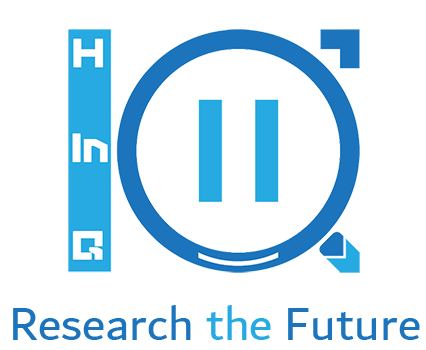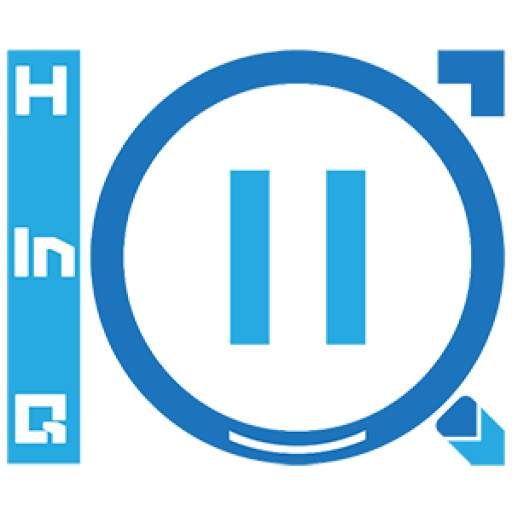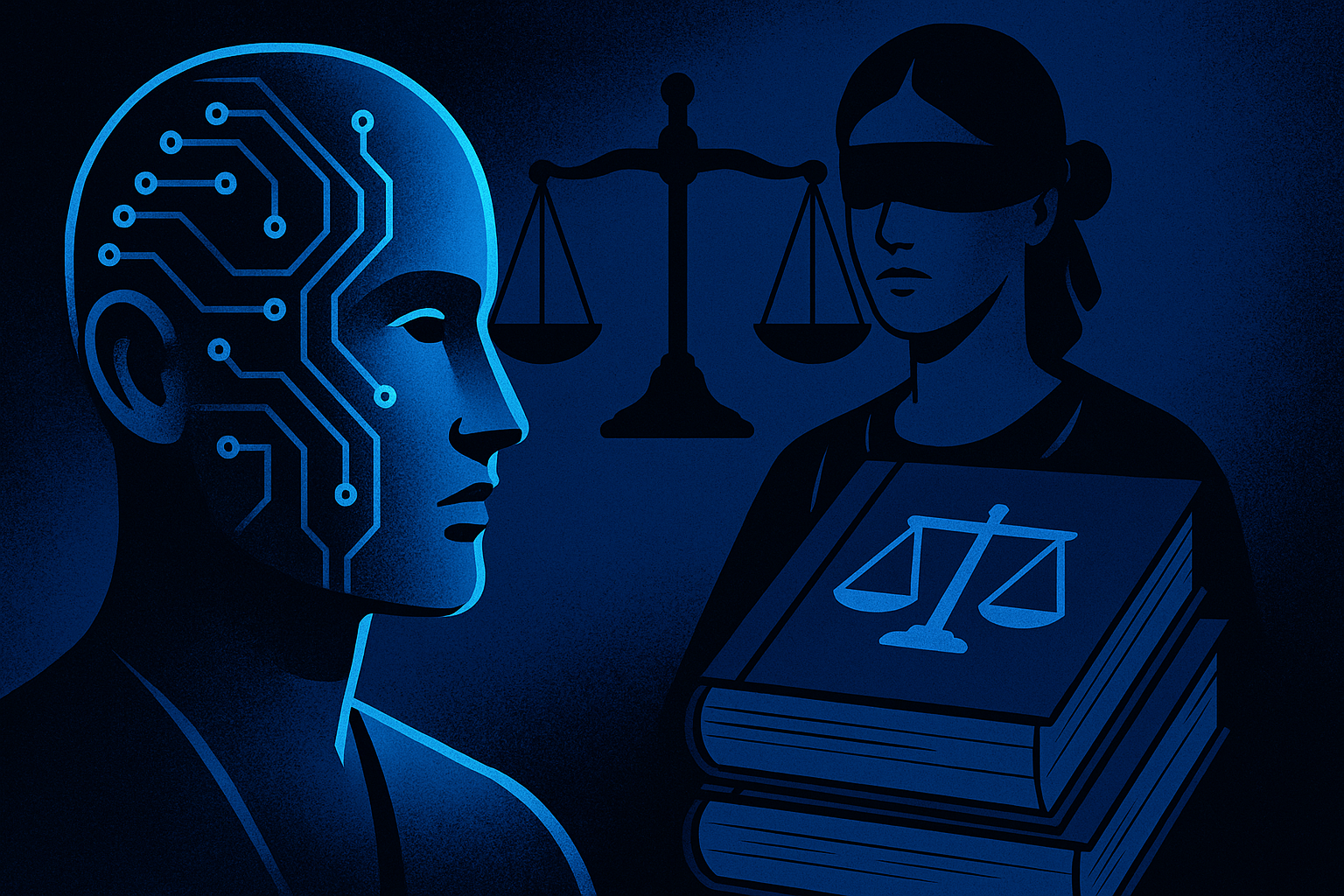AI Ethics Boards: Oversight Tools or Corporate Shields?
AI ethics boards have emerged as a visible component of corporate responsibility in the age of algorithmic decision-making. Their stated goal is to provide oversight, encourage ethical deliberation, and ensure the responsible deployment of artificial intelligence. Typically composed of a mix of internal executives, legal advisors, and occasionally external experts, these boards review policies, assess risk, and advise on ethical dilemmas.
The increasing presence of such governance structures reflects the growing concern about AI’s impact on society. From discriminatory algorithms to opaque recommendation engines, the stakes for getting AI right are high. Public trust, brand reputation, and regulatory pressure all shape how companies respond.
Yet the actual influence of these boards often remains ambiguous. Critics argue that without binding authority, diverse representation, or integration into core development processes, ethics boards can fall short of meaningful change. Their presence alone may satisfy public scrutiny, but their effectiveness depends on the depth of their engagement and the transparency of their outcomes.
Bias Audits: Transparency Mechanisms with Serious Limitations
Bias audits have become a popular tool for evaluating the fairness of AI systems. These audits aim to uncover disparities in model outcomes, often along lines of race, gender, or other protected characteristics. Companies use them to assess whether an algorithm disadvantages specific groups and to what extent interventions may be required.
The promise of bias audits lies in their ability to bring visibility to how algorithms behave in real-world scenarios. They provide a structured process for examining data inputs, model behavior, and output distribution. For stakeholders concerned with discrimination and equity, this offers a tangible step toward accountability.
However, the depth and rigor of audits vary widely. Many rely on limited datasets or predefined definitions of fairness that do not fully capture context. Others are conducted by internal teams with potential conflicts of interest. Some audits are shared only with select stakeholders, limiting public scrutiny and independent verification. Without standardized practices or external enforcement, bias audits risk becoming compliance exercises rather than catalysts for ethical improvement.
Ethics or Optics? Corporate Motivation and the PR Dimension
The rise of AI ethics boards and bias audits often coincides with growing public concern and media attention around algorithmic harm. For companies operating in highly visible markets, these governance mechanisms serve more than just internal oversight. They also offer a way to manage external perception and reduce reputational risk.
Ethics initiatives are frequently introduced after public controversies, regulatory warnings, or employee activism. In these contexts, launching an ethics board or publishing a fairness statement helps shift the narrative toward accountability and progress. Investors and consumers are increasingly sensitive to ethical lapses, and companies have strong incentives to demonstrate responsible leadership.
However, many of these efforts are structured to minimize disruption rather than drive transformation. Boards may lack decision-making power, and their recommendations can be filtered through legal or public relations departments before implementation. Transparency is often limited, and there is little independent auditing of either the board’s function or the outcomes of their recommendations.
This approach places ethics alongside risk management and brand strategy. While not inherently harmful, it blurs the distinction between genuine governance and strategic signaling. For leaders, the challenge is to move beyond symbolic gestures and ensure that ethics initiatives are embedded in product design, hiring practices, and organizational culture.
Symbolic Governance vs. Embedded Ethical Design
Ethical oversight structures are only as effective as the processes they influence. When AI governance is treated as a separate function, disconnected from product development and operational decision-making, its impact remains limited. Ethics boards may generate thoughtful recommendations, but without integration into engineering cycles and user experience design, these insights often go unimplemented.
Truly ethical AI systems require governance to be embedded from the earliest stages of development. This includes evaluating training data, establishing transparent documentation, and defining ethical criteria alongside technical specifications. Ethical review should occur not only after deployment but throughout model development, including in performance evaluations and A/B testing.
Cross-functional collaboration is essential. Engineers, designers, legal experts, and social scientists must work together to interpret ethical challenges and translate them into system requirements. This approach ensures that ethical concerns are addressed in real time rather than deferred to post-hoc audits or external reviews.
Many organizations still treat ethics as an external overlay rather than a core capability. As a result, their interventions are often symbolic rather than substantive. Embedding ethics into daily workflows requires investment, but it also builds systems that are more aligned with user expectations, social norms, and long-term strategic resilience.
Toward Responsible AI: Making Ethics Operational, Not Optional
For AI governance to be credible and effective, ethics must become an operational discipline rather than an abstract principle. This shift requires leadership commitment, resource allocation, and clear accountability across the organization. Ethical concerns should be treated with the same urgency and structure as product quality, security, or financial compliance.
Leaders can begin by embedding ethical checkpoints into standard workflows. This includes requiring fairness assessments before deployment, integrating explainability into model documentation, and establishing escalation paths for unresolved ethical questions. These processes should be documented and subject to internal review, creating a culture of traceability and responsibility.
Metrics also matter. Companies need to define what ethical performance looks like and how it will be measured. This may involve tracking equity in model outcomes, monitoring how users are impacted, or conducting regular retrospective reviews. Incentives should align with these goals, encouraging teams to prioritize long-term trust over short-term gains.
Training and cross-disciplinary hiring play a critical role. By equipping teams with both technical and ethical fluency, organizations can better navigate complex trade-offs. Ethics is not a separate specialty; it is a shared responsibility that cuts across every decision made in AI development and deployment.
Responsible AI requires more than frameworks. It demands consistent execution and an internal culture that values integrity as a core asset.
Building Trust Through Integrity, Not Performance
The credibility of AI governance rests on more than visibility or formal structures. Ethics boards and bias audits contribute value, but only when paired with genuine accountability and deep integration into decision-making processes. For leaders and organizations navigating the complexity of AI, trust is earned through transparency, consistency, and ethical rigor.
Surface-level initiatives may satisfy immediate scrutiny, but they do not foster long-term resilience or social legitimacy. Responsible AI demands that ethics become part of how technology is built, not just how it is presented. This means aligning governance with operational goals and empowering teams to act on ethical insights at every level.
Companies that lead with integrity will not only avoid backlash but also build sustainable relationships with users, regulators, and society at large.
Ressources :
- External Links (active and relevant):
- Ethical implications of AI for business leaders – CEOboardroom
- How leaders can fix failing AI ethics – Towards AI (Shane Culbertson)
- Organizations face ticking timebomb over AI governance – IT Pro
- Ethics based AI auditing: an industry case study (AstraZeneca) – via arXiv
- Digital Analytics Insights – H-in-Q: https://h-in-q.com/analytics/



